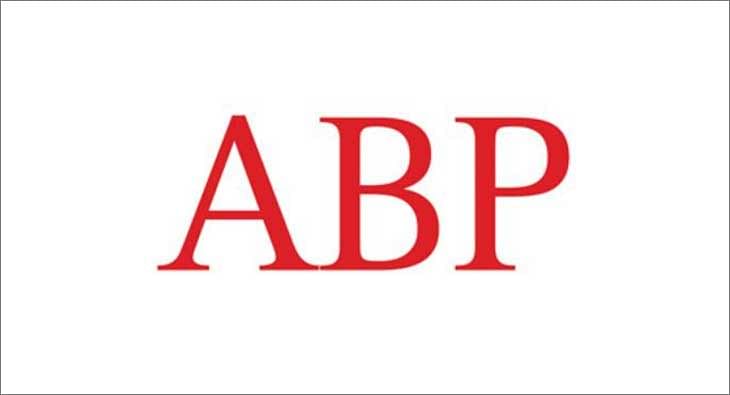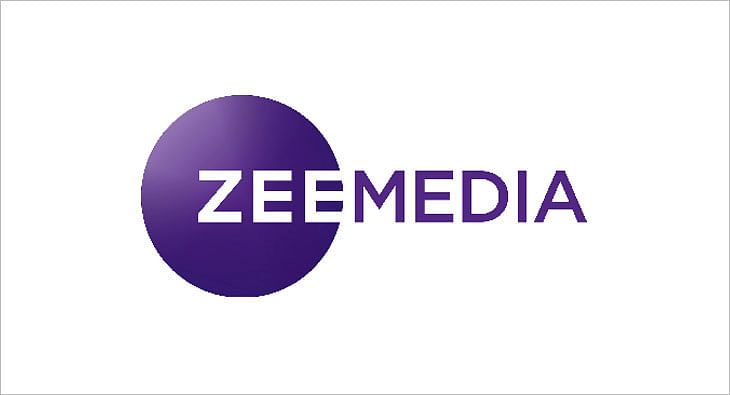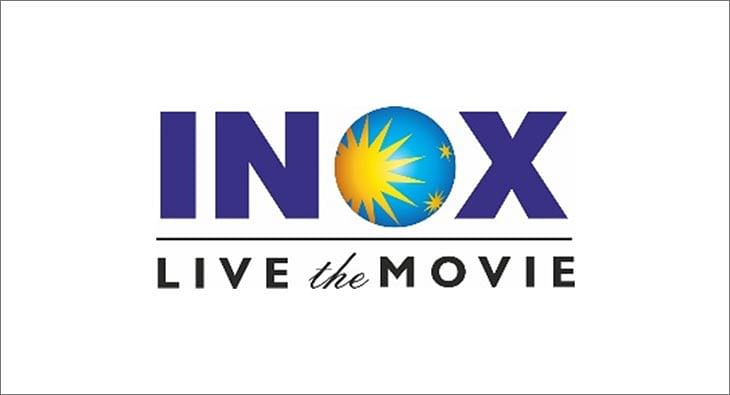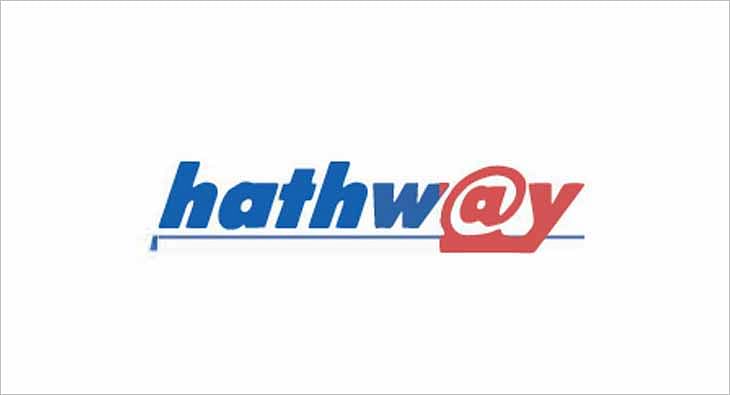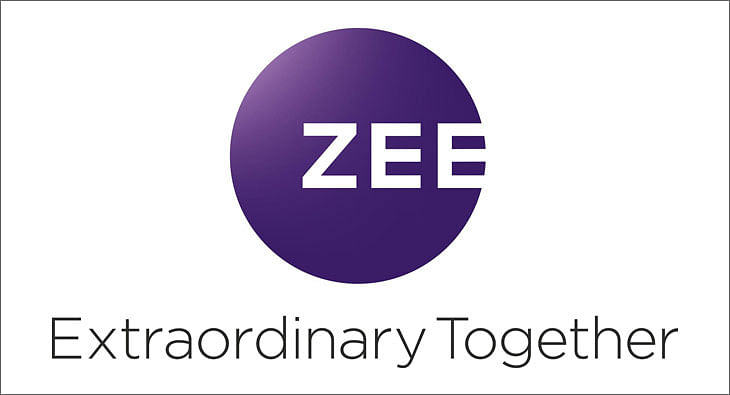Guest Column Retrofit: All eyes on May 16 now
May 16 is around the corner. By the afternoon of May 16 a clearer picture on who is going to govern us for the next five years might not emerge. It might take a week. But a week, as they say, is too long in politics. If the BJP/NDA is in a position to form the government, then it remains to be seen whether it can pursue the agenda that Advani laid down at the Assocham AGM in 2008, says veteran journalist Sandeep Bamzai.

Last year in early June, LK Advani, leader of the main Opposition party BJP and Prime Minister-in-waiting, gave an interesting and insightful speech at the Assocham AGM. Some described it as a creative reinterpretation of swadeshi. He put forth a new doctrine, a new model of economic development and it was clear that the holy trinity of BJP’s economic task force were behind this new thinking. Jaswant Singh, Yashwant Sinha and Arun Shourie played a crucial role in ushering in second and third generation reforms during the Atal Bihari Vajpayee NDA dispensation. While some of these radical measures, including disinvestment, were unpalatable to a lot of people, it was generally thought that right wing was good for the reform process.
The National Highway Development Plan was a resounding success, as were other structural reforms in the financial and telecom sectors. At the Hindustan Times, I had a ring side view of the reform process under these three good men. I could, at the end of the five years, claim to know at least two of them reasonably well – Yashwant Sinha and Arun Shourie. In many ways, PM Vajpayee gave people like Shourie a clear mandate to go ahead and do their work, both in the controversial disinvestment and telecom sectors. It is only the legalese of Fali Nariman that finally tripped the strategic sale model of BPCL and HPCL. But even after that Shourie changed tack and began to offload minority shareholding in the stock market, unleashing value. I guess nearly every single company divested has turned profitable after the sale.
But this treatise is not about disinvestment, it is about Advani and his economic vision. All this, while I was under the impression that a lot of what Advani said in June last year may have been articulated internally by the reformist troika. But wait, it seems I was wrong, for what I read the other day as a leader under Advani’s byline was curiously different from what he had said at Assocham. So, I was confused. No confounded. For in the Assocham speech, Advani had made some interesting observations, he spoke about an Indian model of development, not socialist borrowed from the Soviet Union or capitalist cloned from Western economies led by the US. It was a speech, which created a flutter in the dovecotes. But strangely, nobody has pursued this thought process unveiled by Advani last year. Media is discussing the same old clichéd political barbs and slants and not looking beyond the apparent. I am yet to read a follow up of Advani’s measured speech and thinking that day. Strangely, the BJP’s ideologues have also not pursued this thought process. Moreover, nobody has bothered to ask Advani on the fundamental takeaways mentioned in that speech.
The leader detailed the BJP/NDA’s infrastructure vision, there wasn’t so much as a mention of his radical thinking aired loudly to industrialists last year. I was disappointed, for I am a reformist, the fact that I was a business journo partly having something to do with it. The lengthy leader had only one point of import, which I could ponder on. Towards the end, Advani writes about how ‘our managers rarely get the autonomy and requisite powers, coupled with clear accountability norms, to show their true mettle. Whenever a right manager for the right project has been given the right powers to execute, we have seen amazing results. E Sreedharan of the Delhi Metro is a notable example, but there are many more. Hence, we shall create an environment of top level managerial empowerment for the emergence of 100 Sreedharans, who can make things happen.’ This part was there in the speech as well where he spoke of throwing up a 100 Sreedharans. But the rest of the Assocham speech was dramatically different. I am viewing both the speeches from the prism of an economic analyst and I am telling you whoever was behind the Assocham speech was talking game change.
All in all, I would say the pink paper leader is an opportunity lost. For, through the pink paper you were talking directly to the vast community of small and big industrialists. Imagine when Advani called industrialists late last year, both the Ambani brothers turned up for the first time together at the same platform since an awards function many years ago. Let me repeat Advani’s words at the Assocham function for your benefit, “It seems to me just as India’s economic growth was earlier heavily influenced by the Soviet model, now it has swung to the other end of the pendulum by imitating the western model. India’s problems cannot be solved, and the future needs cannot be fulfilled, by following yet another alien model.” These were important words from the leader of the Opposition. They meant something if they were projected against the backdrop of the neo wave of resource nationalism doing the rounds. From Hugo Chavez in Venezuela to Vladimir Putin in Russia, this wave was only getting stronger.
Advani went on to say, “I must point out here that just as my party was against excessive state control of the economy, it was also opposed to the idea of the state having no role in the economic life of the nation. In other words, we have never favoured free enterprise, trickle-down theory, etc. The democratic state has a definite and inescapable duty to orient economic growth towards desirable social ends what in the Indian ethos is termed as Bahujan.” As I have repeated earlier, these were extremely vital words from an important political leader while addressing industry being reported extensively media. He also said, “I think that infrastructure development is both an opportunity maximiser and opportunity-democratiser. It will be our endeavour, if we get an opportunity to govern at the Centre, to transfer many powers and functions from New Delhi to state capitals, and urge the state governments to transfer many of their own powers and functions to local bodies.” I am amazed that nobody has bothered to pick up these strands, which are likely to influence the way we run this country, going forward.
Yes, May 16 is around the corner. By the afternoon of May 16 a clearer picture on who is going to govern us for the next five years might not emerge. It might take a week. But a week, as they say, is too long in politics. The moot point here is that this kind of ‘different thinking’ needs to be consistent. If the BJP/NDA is in a position to form the government, then it remains to be seen whether it can pursue the agenda that Advani laid down at Assocham. An agenda, which could be transformational in an age where the world economic order has turned upside down. An age, where President Obama, pandering to his domestic constituency, is taking stern protectionist measures despite pledging to his overseas constituency in London that he will not take the protectionist route. But first, the BJP/NDA will have to win the mandate from the people. Over to May 16.
OOPS
This is to apologise for the misrepresentation of facts in the contents of my last column to the extent they related to Mathew Easow. The facts are different from what was understood by me. This was not done with any deliberate or premeditated intent to harm Mr Easow’s reputation or interests. The errors are regretted.
The inconvenience caused to CNBC-TV18 due to the same article (published on April 29) is sincerely regretted.
(Sandeep Bamzai is a well-known journalist, who started his career as a stringer with The Statesman in Kolkata in 1984. He has held senior editorial positions in some of the biggest media houses in three different cities - Kolkata, Mumbai and New Delhi. In late 2008, he joined three old friends to launch a start-up – Sportzpower Network – which combines his two passions of business and sport. Familiar with all four media – print, television, Internet and radio, Bamzai is the author of three different books on cricket and Kashmir. The views expressed here are of the writer’s and not necessarily those of the editors and publisher of exchange4media.com.)
Read more news about (internet advertising India, internet advertising, advertising India, digital advertising India, media advertising India)
For more updates, be socially connected with us onInstagram, LinkedIn, Twitter, Facebook Youtube & Whatsapp
You May Also Like
HT Media posts Consolidated Total Revenue of Rs 580 crore in Q2
Chairperson and Editorial Director Shobhana Bhartia says due to lower commodity prices and control on costs there has been an improvement in operating profit
HT Media has posted a Consolidated Total Revenue for Q2, 2020 at Rs 580 crore.
As per a statement released by the company, EBITDA for Q2’20 increased by 139%, and margins at 14% vis-à-vis 6% in previous year. This has been driven by softening of newsprint prices and continued focus on cost.
The Net Cash position at a consolidated level continues to be strong.
The Print ad revenue has declined due to sluggish volumes, even as yields have improved. National advertising continues to be soft, although local advertising witnessed growth.
Savings in raw material costs have driven improvement in EBITDA margins.
Chairperson and Editorial Director Shobhana Bhartia said, “Slowing economic growth has hit advertising spends in key categories, putting pressure on revenues across the media industry. As a result, our Print and Radio (on like to like basis) businesses saw revenues dip as compared to a year-ago. However, thanks to lower commodity prices and a tight control on costs, we saw an improvement in our operating profit. On the digital front, Shine, our online recruitment portal has shown good progress and continues to grow. Our outlook for the coming quarter remains cautious, given overall economic sentiment and macroeconomic trends. Cost-control and falling commodity prices should help protect our margins.”
Read more news about (internet advertising India, internet advertising, advertising India, digital advertising India, media advertising India)
For more updates, be socially connected with us onInstagram, LinkedIn, Twitter, Facebook Youtube & Whatsapp
ABP Group posts Rs 15.70 crore as net profit in Q1 FY20
The group’s total operating income stands at Rs 365.55 crore
ABP Group has posted a net profit of Rs 15.70 crore in the first quarter of FY20, as per media reports.
The group’s total operating income stands at Rs 365.55 crore.
It’s net profit for the fiscal ended March 31, 2019, was down 68% to Rs 31.90 crore compared to the previous fiscal.
The Profit Before Interest Lease Depreciation and Tax (PBILDT) has also dropped 53.52% to Rs 107.12 crore.
The group has six news channels - ABP News (Hindi), ABP Ananda (Bengali) ABP Majha (Marathi) and ABP Asmita (Gujarati), ABP Sanjha (Punjabi) and ABP Ganga (Hindi).
Read more news about (internet advertising India, internet advertising, advertising India, digital advertising India, media advertising India)
For more updates, be socially connected with us onInstagram, LinkedIn, Twitter, Facebook Youtube & Whatsapp
Zee Media posts consolidated revenue of Rs 137.03 crore for Q2 FY20
ZMCL has recorded 4.4% growth in operating revenue for first half of FY20
Zee Media Corporation Ltd (ZMCL) has posted a 4.4 per cent growth in operating revenue to Rs 337.6 crore in the first half of FY20, as per media reports.
It has reported a consolidated revenue of Rs 137.03 crore for Q2 FY20.
In a statement, ZMCL has said: “During the quarter, the network expanded its footprint s into Southern India through the launch of Zee Hindustan in Tamil and Telugu languages. This is intended to make the network's content accessible to wider audience.”
The operating expenditure in Q2FY20 has dropped by 21.7 per cent.
The statement further said: “EBITDA for HlFY20 improved by 34.1 per cent to Rs 1,029 million from Rs 767.5 million EBITDA for H1FY19, while the same declined by 9.4 per cent to Rs 370.2 million from Rs 408.7 million for the corresponding period last financial year. EBITDA Margin grew from 23.7 per cent in H1FY19 to 30.5 per cent in HlFY20, while growing from 24.2 per cent in Q2FY19 to 27 per cent in Q2FY20.”
Read more news about (internet advertising India, internet advertising, advertising India, digital advertising India, media advertising India)
For more updates, be socially connected with us onInstagram, LinkedIn, Twitter, Facebook Youtube & Whatsapp
No slowdown here: In-cinema ad rates up by at least 50% for 3 big Diwali releases
Housefull 4, Made In China and Saand Ki Aankh ready to hit the silver screen this week, with the hopes of giving brands the eyeballs they look for in theatres
It’s that time of the year again when theatres gear up to pocket maximum gains. Diwali is here and there are three films ready to hit the silver screen this week--Housefull 4, Made In China and Saand Ki Aankh. The festive period brings much joy to exhibitors, distributors and theatre owners because it ensures footfalls, giving brands the eyeballs they look for. In fact, industry experts don’t feel that economic slowdown this year has impacted in-cinema advertising. While they are concerned about three movies clashing during Diwali, they predict 50-100 per cent rise in ad rates during this period.
Advertising moolah
Mohan Umrotkar, CEO, Carnival Cinemas, is expecting 60-70 per cent surge in advertisement topline compared to last year. “Going by the buzz and advance booking for these three releases, market is bullish. Advertisers have blocked most of the advt-slots during the festival period. Housefull 4, Made In China and Saand Ki Aankh all combined together should generate around Rs 350 crore topline at the box office during the festival week. We are expecting 60-70 per cent surge in the advertisement topline from last year. Also, this year we have added around 14 per cent new advertisers, and 4 per cent of them are first-time cinema advertisers,” he says.
But according to Siddharth Bhardwaj, Chief Marketing Officer - Head of Enterprise Sales, UFO Moviez, things have changed a lot in the last couple of years. “Since some films have not really lived up to their expectation, advertisers are spreading the spends all through the year. They are picking up far more number of titles in the year rather than focusing only on Diwali or Eid.”
“It is good for the industry because you can monetise the inventories beyond just big weeks. A lot of content- driven films have come up which has given us the opportunity to monetise more markets. It has put lesser pressure on Diwali. Most of the cinemas are sold out for Diwali. It becomes difficult to accommodate everything,” Bharadwaj opines. He also reveals that for this week, the inventories are already full.
Diwali ad rates
Experts reveal that ad rates differ from property to property and depends on location as well. But Diwali surely sees a massive hike in rates. This year, theatre owners are expecting 100 per cent rise in ad rates. While Umrotkar revealed that for Diwali, they are charging 100 per cent higher than the regular card rates, Girish Johar, trade analyst and film producer, shared that even the rates for putting up kiosks of brands go up during festivals like Diwali.
“It’s based on property. On a ballpark, ad rates double up. So if you are putting up a kiosk, they charge say Rs 50,000-25,000 for a month. During Diwali, they charge almost double because of the kind of footfalls theatres witness,” Johar revealed.
Economic slowdown? Not for Cinema!
This year, brands have been pulling back their spends on other mediums due to economic slowdown, but cinema seems unaffected. Calling entertainment business recession-proof, Johar explains, “If you see the other side, box office is up by 15-20 per cent. Yes, it is a bit subdued because the brands are in a wait-and- watch scenario. They are increasing their focus around consumption rather than awareness.”
Bharadwaj too seconded it by saying, “These are challenging times but our medium is very efficient. If you see economy has slowed down, but the cinema has grown instead.”
Clash cover
Three movies are clashing this Diwali which means shared screens and box office gains.
“It’s never good for us when two or more big-ticket films release together. If they would have come on different dates, there are chances that more advertisers will take advt. inventory in those weeks separately instead of that one particular week,” shares Umrotkar.
Read more news about (internet advertising India, internet advertising, advertising India, digital advertising India, media advertising India)
For more updates, be socially connected with us onInstagram, LinkedIn, Twitter, Facebook Youtube & Whatsapp
INOX Leisure Ltd sees 42% growth in total revenue
Profit After Tax up 327% to Rs 51 crore
INOX Leisure Ltd (INOX) has reported financials for the second quarter ending September 2019.
Its total revenue has risen to Rs 524 crore with a 42% growth from Rs 369 crore in the corresponding quarter in FY19. Its EBITDA has more than doubled to Rs 107 crore with a 121% growth, while the PAT stood at an impressive Rs 51 crore, up 327% from previous year’s second quarter.
Siddharth Jain, Director, INOX Group, said: “At INOX, setting new benchmarks is now a routine, thanks to our consistently sharp focus on luxury, service and technology and our uncompromised desire to offer our patrons, nothing but the latest and the best! We are delighted with our remarkable consistency on all parameters, and we are sure about maintaining the momentum and focus on innovativeness. Content once again proved that why we term it as the ‘hero’. Thanks to the creators of such spellbinding movies, which keep inviting our guests to our properties, and allowing us to pamper them with our signature hospitality. With the launch of Megaplex, we are delighted to further our endeavor of developing experience-driven cinema destinations of global standards, and we will continue to do so. On behalf of Team INOX, I assure all our stakeholders that we will continue to break barriers and exceed all expectations.”
Read more news about (internet advertising India, internet advertising, advertising India, digital advertising India, media advertising India)
For more updates, be socially connected with us onInstagram, LinkedIn, Twitter, Facebook Youtube & Whatsapp
Hathway Cable & Datacom reports 100% subscription collection efficiency in Q2
The broadband subscriber base has increased from the previous quarter’s 840,000 to 860,000
Hathway Cable and Datacom has reported subscription collection efficiency at 100%, and the broadband subscriber base has increased from previous quarter’s 840,000 to 860,000 in quarter ending September, as per media reports.
It has narrowed its consolidated net loss by 74% and the operating EBITDA has been reported 15% up to Rs 107.5 crore compared to Rs 93.1 crore a quarter ago.
The total income has dropped 2%, while the expenditure is down 6%.
In the financial results, the company has said the FTTH markets are leading growth in customer acquisition.
Read more news about (internet advertising India, internet advertising, advertising India, digital advertising India, media advertising India)
For more updates, be socially connected with us onInstagram, LinkedIn, Twitter, Facebook Youtube & Whatsapp
ZEEL posts 7.4% YoY growth in total revenue for Q2 FY20
ZEEL's domestic advertising revenue has grown 1.4% YoY in Q2FY20
Zee Entertainment Enterprises Limited (ZEEL) has reported a consolidated revenue of Rs 2,122 crore for the second quarter of FY20, recording a growth of 7.4% on YoY basis.
The Earnings Before Interest, Tax, Depreciation and Amortization (EBITDA) was recorded as Rs 692.9 crore with an EBITDA margin of 32.7%. PAT for the quarter was Rs 413.2 crore. The Profit After Tax (PAT) for the quarter was Rs 413.2 million, with a growth of 6.9% YoY.
During the second quarter, ZEEL’s consolidated advertising revenue grew by 1.2% YoY to Rs 1,224.7 crore. The domestic advertising revenues grew by 1.4% YoY to Rs 1169 crore.
ZEEL has posted 26.8% YoY growth in Q2FY20 domestic subscription revenue. ZEEL’s consolidated subscription revenue grew by 19.0% to Rs 723.5 crore during the quarter.
ZEEL’s total expenditure in Q2FY20 stood at Rs 1429.1 crore, higher by 9.9% YoY compared to Q2FY19.
While ZEE5 recorded a peak DAU (Daily Active User) base of 8.9 million in September 2019, ZEE5 users watched an average of 120 minutes of content on the platform in the same month.
During Q2 FY20, the television network had an all-India viewership share of 18.4%.
During the quarter, ZEEL’s international business revenue was Rs 208.2 crore. The advertising and subscription revenues for international business declined by 4.0% YoY and 21.5% YoY, respectively.
Zee Music Company has registered 7.1 billion views on YouTube in Q2.
Punit Goenka, Managing Director and CEO, ZEEL, said, “I am pleased with the performance we have exhibited during the quarter. Our entertainment portfolio continues to grow from strength to strength across all formats and maintained its leading position. Our television network has emerged stronger post the implementation of tariff order on the back of a strong customer connect and brand pull of its channels. ZEE5 continued to gain traction across audience segments and markets, driven by its compelling content library and expanding list of partnerships across the digital eco-system. This strong operating performance allowed us to deliver industry leading growth in both advertising and subscription despite the tough macro-economic environment. Domestic subscription growth of 27% has reaffirmed the value proposition our television network has built over the years. The impact of tariff order has now largely settled down and has brought increased transparency along with improved monetization. Our domestic advertising revenue growth, though significantly lower than historical trend, is higher than the industry growth. We have witnessed an improvement in ad spends through the quarter and we believe that the onset of festive season along with measures taken by the government will help revive the consumption growth.”
Read more news about (internet advertising India, internet advertising, advertising India, digital advertising India, media advertising India)
For more updates, be socially connected with us onInstagram, LinkedIn, Twitter, Facebook Youtube & Whatsapp




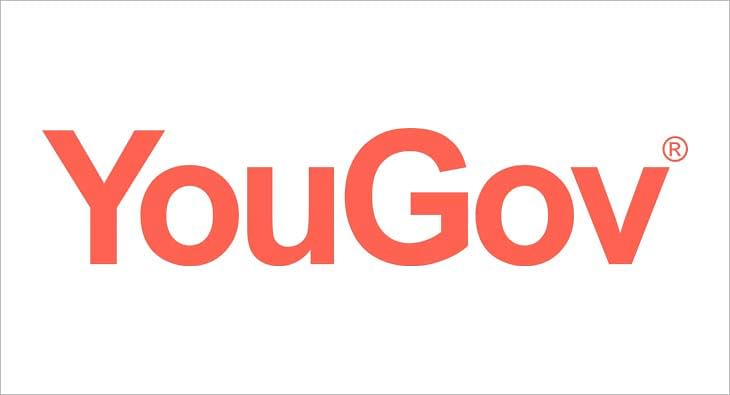
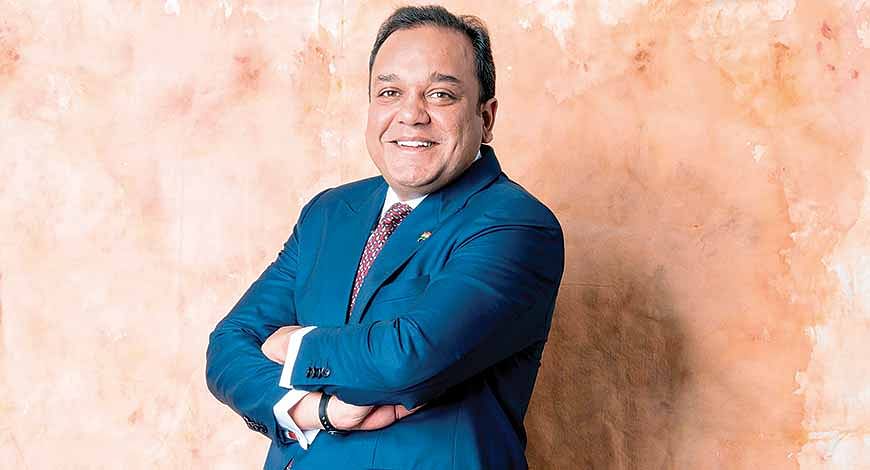
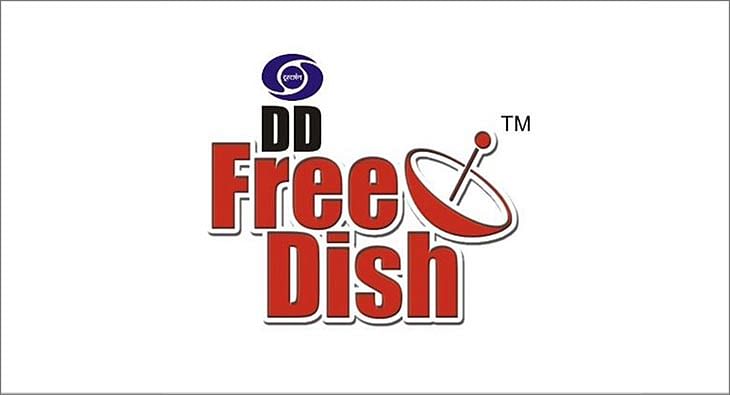







 Share
Share